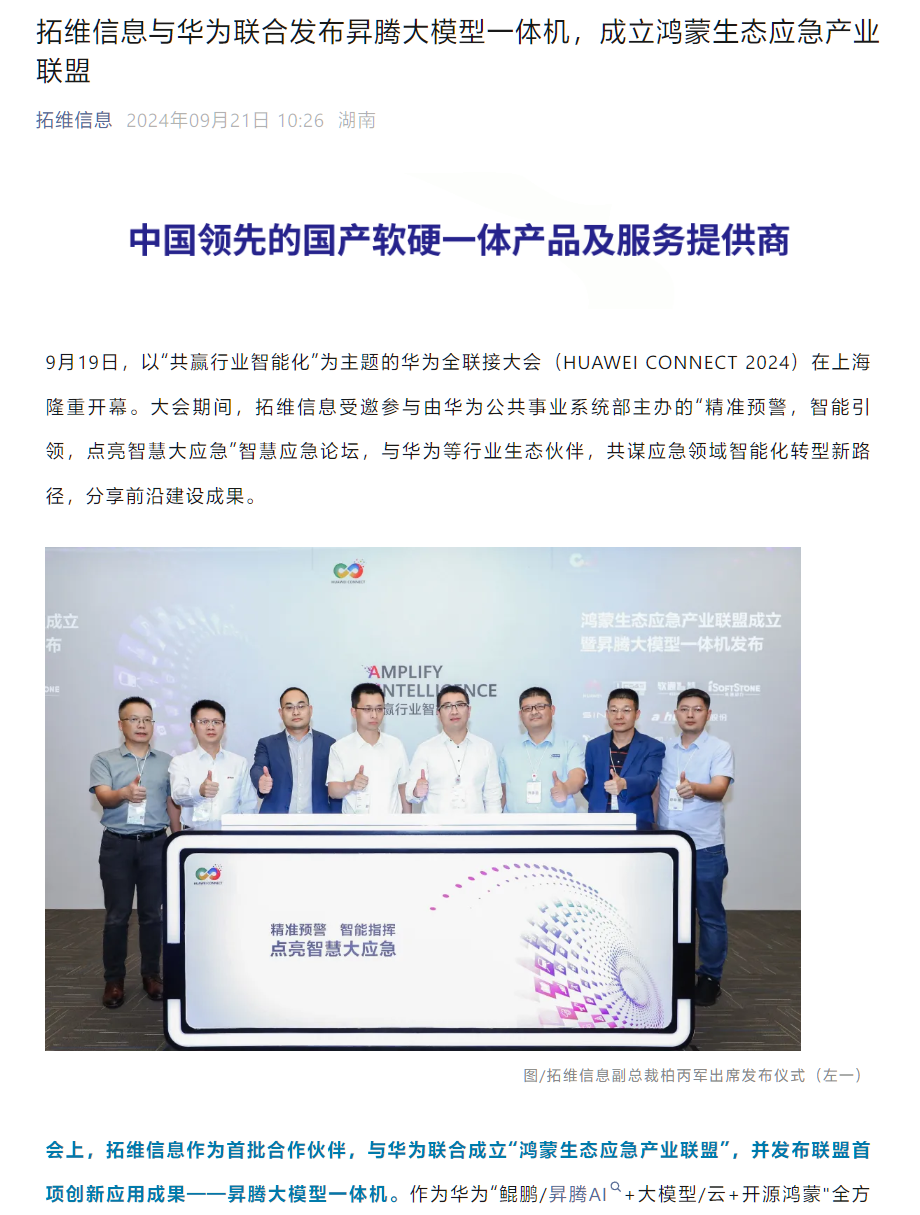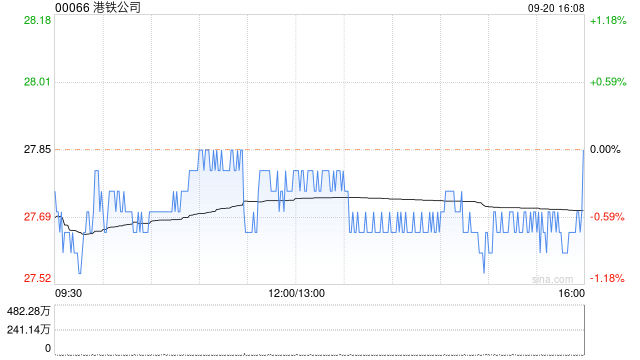广东科技学院教务管理系统登录
Title: Exploring the Educational Landscape: Guangdong University of Science and Technology's Academic Administration System
Guangdong University of Science and Technology (GDUT) boasts a sophisticated academic administration system aimed at facilitating the educational journey of its students. Let's delve into the various components and functionalities of GDUT's educational management system:
1. Student Information Management:
GDUT's academic administration system efficiently manages student records, including personal details, academic progress, and enrollment information. This centralized database enables seamless access to student profiles for faculty and administrative staff, streamlining administrative tasks such as enrollment, course registration, and grading.
2. Course Management:
The system facilitates comprehensive course management functionalities, allowing faculty members to create, update, and schedule courses. Students can access course catalogs, register for classes, and view their course schedules online. Additionally, the system automates processes related to course prerequisites, availability, and enrollment limits, ensuring efficient course selection and allocation.
3. Academic Planning and Advising:
GDUT's academic administration system supports academic planning and advising services to enhance student success and retention. Through the system, students can access academic advisors, plan their course of study, and track their progress towards degree completion. Advisors utilize the system to provide guidance, monitor academic performance, and assist students in making informed decisions regarding their educational goals.
4. Examination and Assessment:

The system facilitates the creation, administration, and grading of examinations, ensuring fairness, accuracy, and security in the assessment process. Faculty members can upload exam materials, set parameters, and generate reports on student performance. Moreover, the system enables timely dissemination of exam results and feedback to students, fostering transparency and accountability in the evaluation process.
5. Resource Allocation and Timetable Management:
GDUT's academic administration system optimizes resource allocation and timetable management to maximize efficiency and utilization of academic facilities. It coordinates classroom assignments, faculty schedules, and resource bookings, minimizing scheduling conflicts and enhancing operational efficiency. Additionally, the system provides realtime updates on class schedules and room availability to students and staff.
6. Administrative Reporting and Analytics:
The system generates comprehensive reports and analytics to support datadriven decisionmaking and strategic planning. Administrators can access dashboards and analytics tools to monitor key performance indicators, track trends, and identify areas for improvement. This enables GDUT to assess institutional effectiveness, enhance student outcomes, and adapt to evolving educational needs.
7. Integration and Accessibility:
GDUT's academic administration system is designed for seamless integration with other university systems and platforms, ensuring interoperability and data consistency across departments. Moreover, the system is accessible via web and mobile interfaces, enabling convenient access for students, faculty, and administrators anytime, anywhere.
In conclusion, Guangdong University of Science and Technology's academic administration system serves as a robust foundation for managing various aspects of the educational process, from student enrollment to academic planning and assessment. By leveraging advanced technology and best practices in educational management, GDUT empowers its stakeholders to thrive in the dynamic landscape of higher education.











